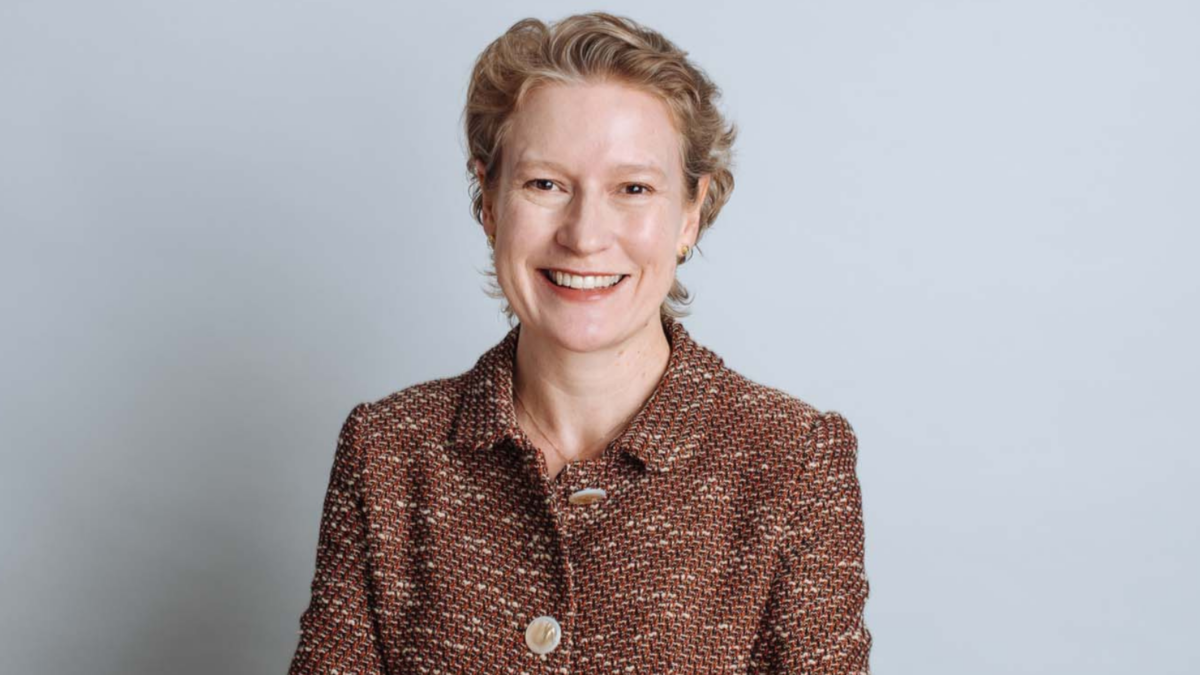The FAANGs of fixed interest
Consider the process by which a security or investment is priced. Separately, if it has similar fundamental underpinnings to the core part of portfolio, typically listed equity. Debt and alternatives straddle these two questions.
The dislocation in trading government bonds in March this year contradicted the counterbalance theme. Even though central bank intervention quickly stabilised pricing, in the moment market participants proved more powerful than the risk-off categorisation of bonds.
Few would recommend holding (as opposed to trading) government bonds now, yet this was a useful reminder on the intentions of those in this sector. It goes to the heart of market forces and why opportunities can arise. The key to bond markets are the non-financial participants. Central banks, insurance companies, trading banks are not necessarily motivated by returns. Small but frequent trading differentials therefore can be profitable.
Corporate bonds can display a similar pattern as bank balance sheets no longer warehouse these securities. Some natural investors such as insurance companies or defined schemes also may not be able to hold those of less than one-year maturity due to liability matching. Crossovers (those that straddle investment grade) are another potential source of interest as mandates can restrict their inclusion. Within fixed income low risk investment grade bonds may now be the dominant proportion of a portfolio as a replacement for government bonds. A fund manager can achieve return above the benchmark if it can identify these idiosyncratic trades.
After that are the non-index options. High yield credit’s correlation to investment grade and equity varies over time. Over a 25-year cycle, the correlation to equity has been 0.61 compared to 0.52 for investment grade, but within a wide band of 0.8-0.4. A Vanguard analysis shows that substituting equity and IG credit in near equal proportions within a portfolio leaves the total return intact but reduces the standard deviation.
Unsurprisingly high yield pricing, while sticky at times, is akin to equity as the participants have similar motivation and risk appetite. Equities and high yield imply informational advantage and is translated into a subjective valuation. A little discussed phenomenon is that 98% of US high yield has a callable feature and that maturity is therefore a flexible concept, increasing the necessity to make value judgements, as is the case with equity.
Emerging market debt currently gathers an increasing cohort of believers. Monetary policy, by necessity, is very different to developed countries. The struggling outliers are also obvious. Spreads and yields are attractive compared to DM, particularly for local currency debt, while risks have not changed dramatically. It seems surprising that EM debt does not have its own sub-allocation in fixed income as is the case for EM equity. One factor that may keep a lid on allocations is the correlation to equity, below that of high yield but still high enough. This seems somewhat irrational as the drivers of equity have relatively little connection to EM debt beyond risk on/off sentiment.
It is a bigger step into private debt and distressed credit. This should be in the alternative allocation, but there is no firm view as on whether they are defensive. If defensive is defined as giving up nominal returns in exchange for lower risk, within alternatives private debt may make the cut but distressed credit is predominantly a capital gain play. Private debt support from an equity buffer, mostly commonly managed private equity, the founder’s equity stake or a loan to asset ratio become the key. The defensive character is a function of pricing (not real, rather structural as there is no market), covenants, sector and portfolio diversity.
The different participants and pricing methodologies belie the risk, yet these are risks worth taking as the financing of business is moving away from traditional banks and credit structures. Is this the FAANG of fixed interest?










